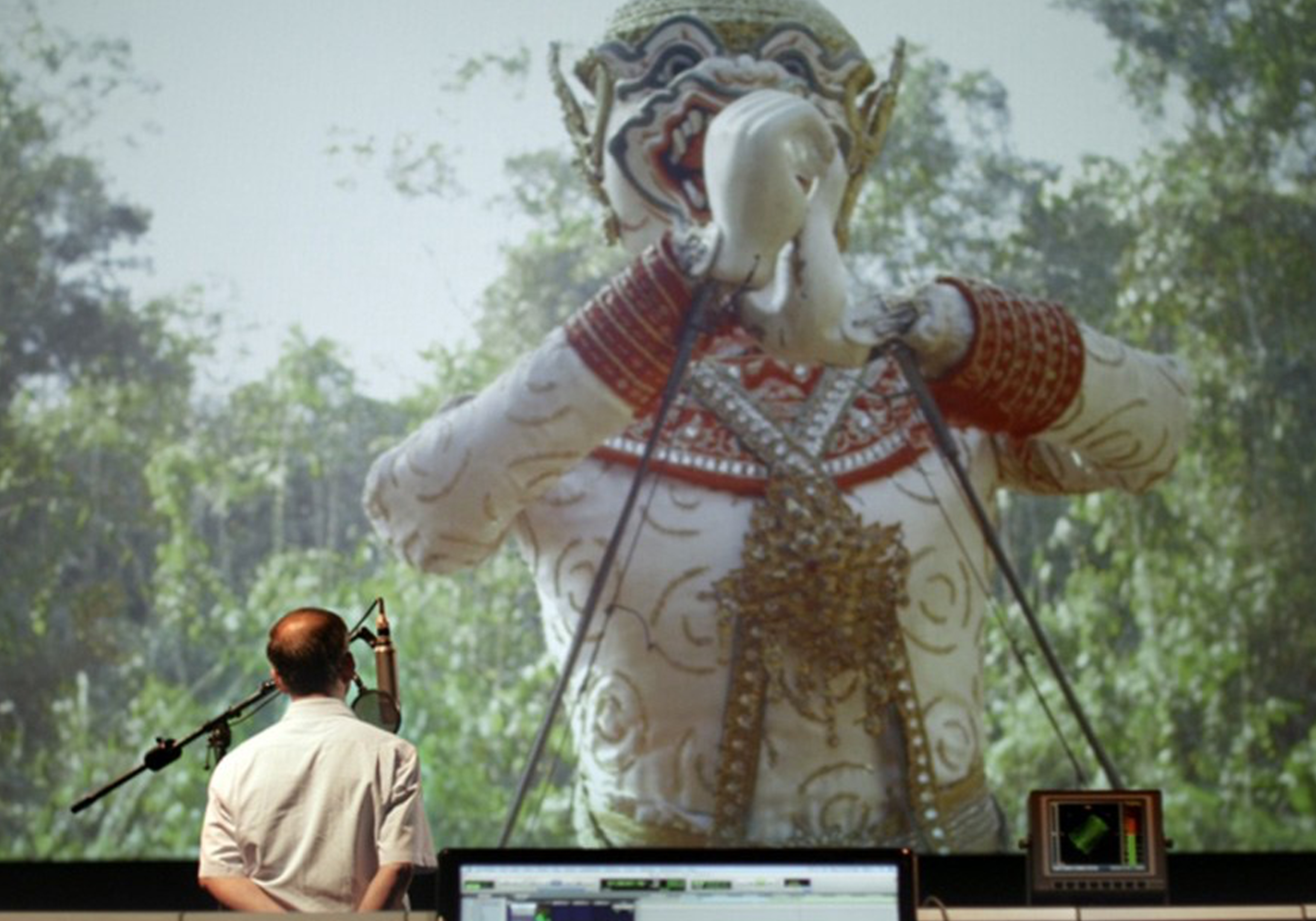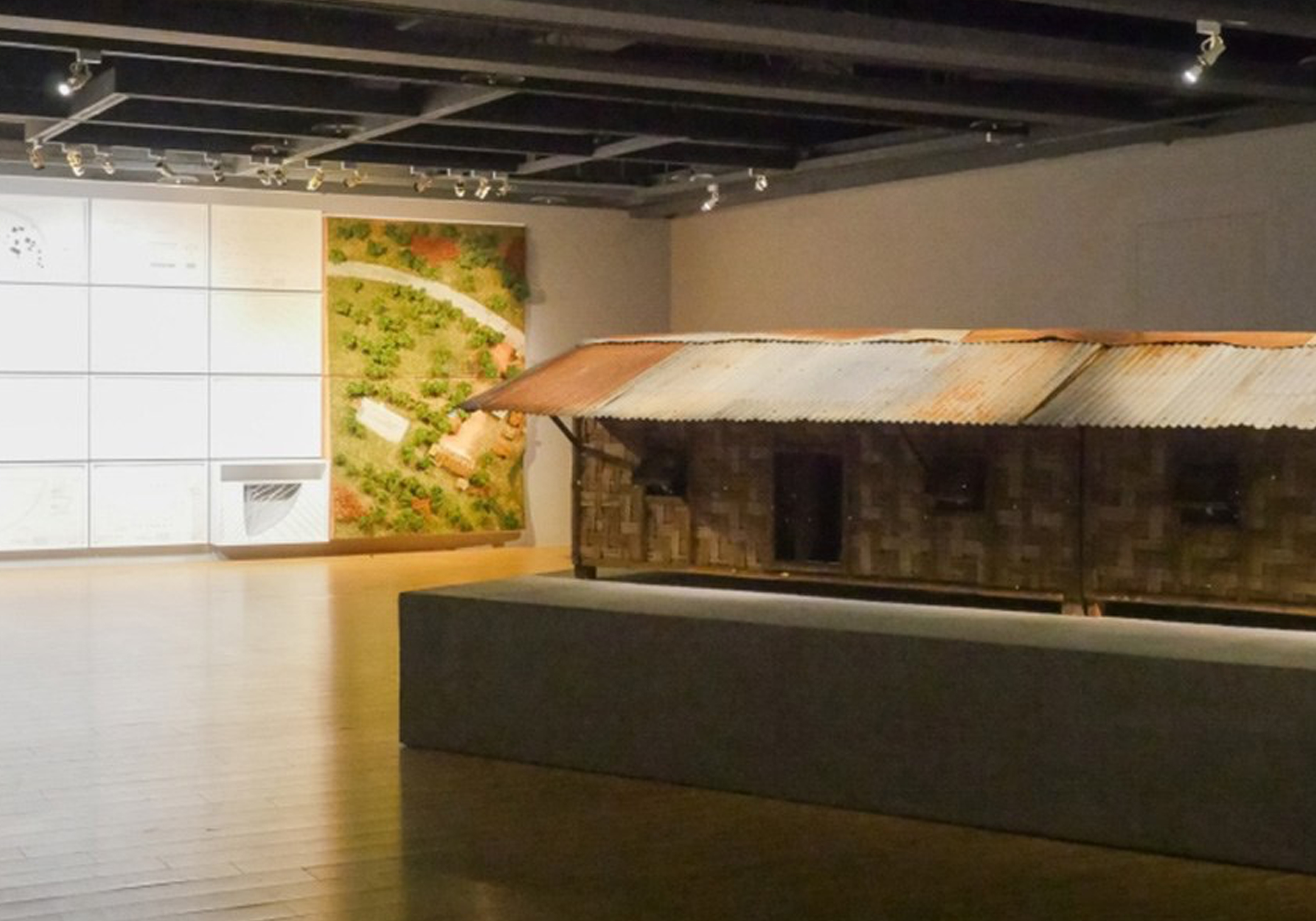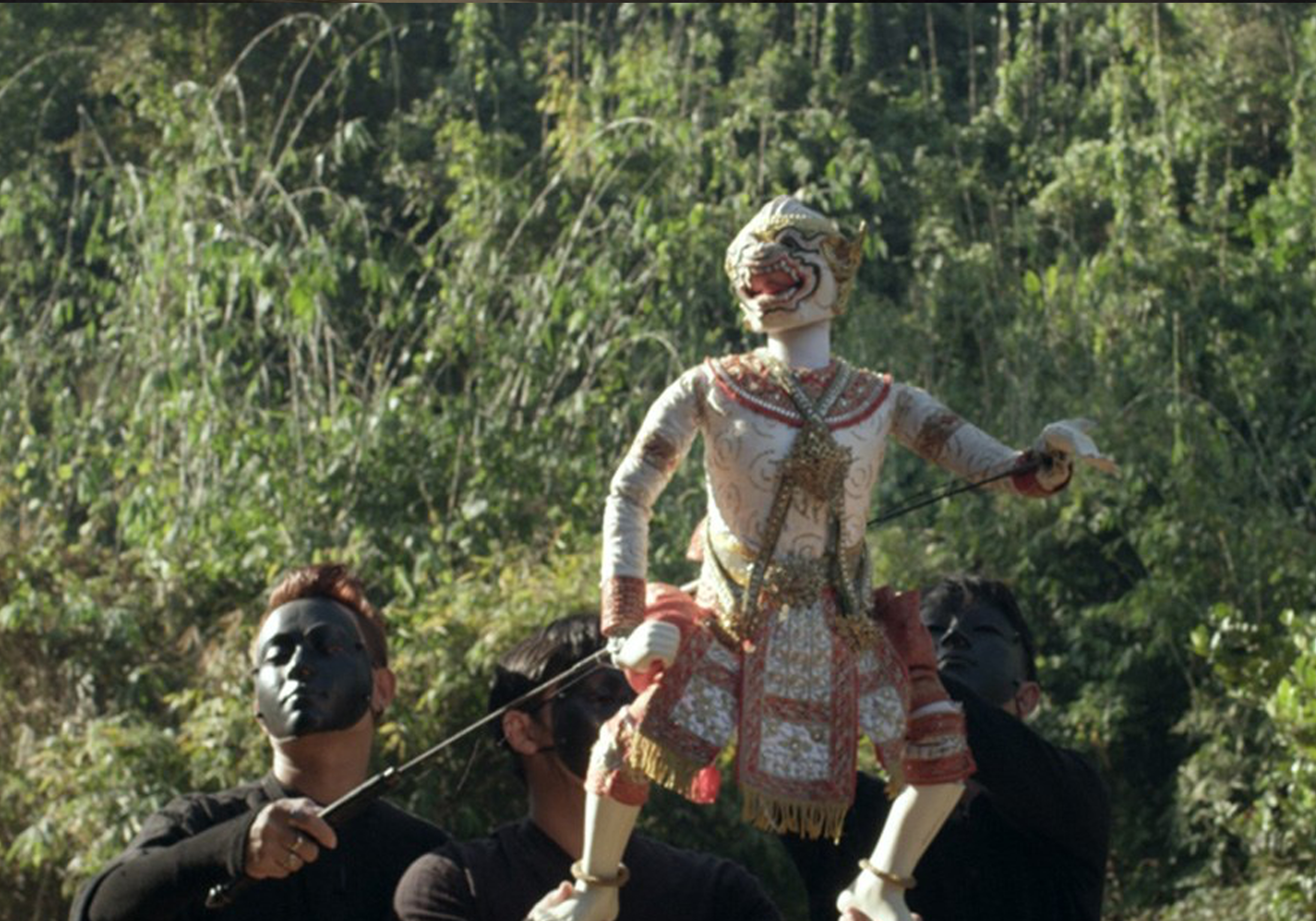許家維的錄影和裝置構建起關於亞洲地理、歷史與文化領域的敏感視覺敘事,在密集而複雜的多重文化與歷史中,藝術家揭示了現代人的生活是如何被根本轉變的。從2012年迄今,許家維的回莫村計劃持續發展了5年的時間。他的創作經常是以「地方」做為著力點,進一部挖掘隱含在其中的記憶與認同。這個計劃同樣延續這個實踐方式,但同時也擴延至更大的亞洲區域性問題,例如殖民與冷戰歷史。 本次總共展出四件作品,其中兩件為2015年的創作,首次在台灣發表,包括錄像作品《廢墟情報局》以及裝置作品《情報局紀念所》。另外兩件作品則是圍繞同一主題的作品,包括2012年所創作的錄像作品《回莫村》,以及2013年的裝置作品《回莫村-國防部1920區光武部隊大陸工作組》。
HSU Chia-Wei creates videos and installations to build perceptive visual narratives about geographical, historical, and cultural regions in Asia. The artist reveals how the lives of modern people are fundamentally transformed by the dense and complex layers of cultures and histories. From 2012 until now, HSU has continued developing hisHuai Mo Village project for 5 years. His art practice often starts and is based on “location,” and further excavates the memory and identity hidden within.
This project maintains the same art practice, while expanding it and covers larger issues regarding the Asian regions, such as colonialism and the Cold War history.This exhibition featured four video artworks, including two new pieces made in 2015 that were shown for the first time in Taiwan: Ruins of the Intelligence Bureau, and installation work, Memory Chamber of the Intelligence Bureau. The other two pieces evolved around the same topic, Huai Mo Village, created in 2012, and installation work, Huai Mo Village - District 1920 Guangwu Troop Department of Defense Chinese Affairs Team, made in 2013.
許家維 Chia-Wei HSU
1983出生於台中,現生活與工作於台灣台北,許家維對於亞洲冷戰時期被遺忘的歷史有著濃厚的研究興趣,作品發展出對於探究現實與幻象、歷史與當下間的敏銳知性,並透過建立鏡頭以外的事件,連結正規歷史描述所未及的人與地方的關係。他不斷的嘗試融合當代藝術與電影的語言去發展作品,並關注於如何透過影像創作介入現實,進而生產一種介於敘事世界與現實之間的異質敘事體。同時透過一種批判的態度,透過影像的能力,將場域帶到美術館外任何一個地方,作為影像創作在政治實踐上的可能。
HSU Chia-Wei was born in Taichung, and now lives and works in Taipei, Taiwan. He is interested in the forgotten histories of the Cold War in Asia. His works develop a keen sensitivity and perceptibility that weaves together reality and illusion, history and the present by building a circuit of events of people and places off the screen of history. He has been continuously trying to merge the languages of contemporary art and film to develop his works. Meanwhile, he also pays attention on how to negotiate with reality through film creation, fabricating a heterogeneous narrative posited between fiction and reality. Upholding a critical attitude and through the power of film creation, he strives to focus on sites outside museums as a means to achieve the goal of politicizing the practice of film creation.
首展地點|鳳甲美術館
關鍵字
評審談作品
作品成功地融合了紀錄片、偶戲、舞蹈、文學、歷史與田調等複雜元素,形構豐富語彙,打開觀眾對事件的理解與想像,令人動容。
第15屆台新藝術獎年度大獎 得獎理由
《回莫村》以強烈的人文關注和跨文化特質,探討冷戰時期國際政治角力下,泰緬邊界一段歷史秘辛與一群被遺忘的人,並置了此地與他方、真實與虛擬,形成一個充滿魅力的複雜文本。
許家維長期關注地緣政治,以不同座標映射台灣歷史的外圍。《回莫村》以局外人角度與當事人合作,他們既是自白者,也是被訴說的對象,使當事者與觀者懸置於不可能的回歸。作品成功地融合了紀錄片、偶戲、舞蹈、文學、歷史與田調等複雜元素,形構豐富語彙,打開觀眾對事件的理解與想像,令人動容。
Jury's Comment for the 15th Grand Prize Winner
Huai Mo Village is awarded the grand prize for its artistry, its strong humanitarian concern and cross-cultural features, juxtaposing this place and the other place, reality and virtuality.
HSU Chia Wei creates an engaging, complex universe that opens up understanding and imagination of geopolitical events, with their continuing ramifications on human beings through time.
Huai Mo Village discusses a secret history and forgotten people resulting from the political struggles of the Cold War, at the border of Thailand and Myanmar. The project rigorously integrates documentary, puppetry, dance, literature, history, and field research, which form the rich vocabulary of the artwork.
HSU, who is an outsider in this context, collaborates with the protagonists to collectively author their narrative. The protagonists are confessors and interrogators, with the viewers being suspended in an impossible return.
入圍理由
相較於許家維過去的作品——諸如透過年長女性溫潤的外語旁白以貫穿歷史與記憶的《和平島故事》(2008),抑或透過民間信仰方式以替代藝術家主權的「鐵甲元帥」系列(2013-2014),在許家維2016年於鳳甲美術館的個展「回莫村」中,一方面,敘事主軸雖仍纏繞於亞洲自上個世紀中葉以來伴隨著無盡戰事的歷史空缺,卻也讓我們看見更多的後設佈局,這些佈局不僅讓觀眾的目光難以從這些看似無關乎敘事情節的過場程序中移開,同時也觸發了觀眾關於歷史空缺的問題意識:究竟是誰在敘述?被敘述的誰又何以與敘述者產生區別?他人的歷史何以成為我們的歷史?(主筆/簡子傑)
Comments from Nomination Committee
Comparing to HSU Chia-Wei's previous works - whether it is The Story of Hoping Island (2008), which features history and memory told through an elderly female voice in a foreign tongue, or the series of Marshal Tie Jia(2013-2014) that replaces the artist's subject with folk religion - although the main narrative of HSU's solo exhibition at Hong Gah Museum in 2016, Huai Mo Village, still centers on Asia's historical absence informed by countless warfare throughout the middle of the last century. However, it also reveals more meta-strategies, which have caught the audience's eyes with those seemingly irrelevant transitions in the narratives and plots while triggering their problematics about the historical absence. Who exactly is providing the narrative? How could we distinguish the narrated from the narrator? How can the history of others become our history? (Commentator: JIAN Tzu-Chieh)






